5 Strategies to Pay Off Your Credit Card Debt Faster
 3 min. read
3 min. read
Many credit cardholders believe that the best way to rid themselves of debt is by paying the minimum monthly amount. It’s a conservative strategy that proves that you’re capable of repaying without forcing you to pay more than what you’re financially comfortable with.
Although paying only the minimum each month can be a good way to help your account stay manageable, it takes longer to pay off your debt completely. Because you’re paying only the minimum amount, you’re carrying your balance for a longer time and allowing it to accrue more interest, which in turn, makes your debt bigger.
How to Pay Off Credit Card Debt Fast
Being stuck with a high-interest debt is a huge financial burden that can worsen over time. Luckily, these five effective strategies can help you pay off your debt faster and become a more responsible credit card holder.
1. Debt snowball method
Using the snowball method places priority on debts that have the lowest balance. You will pay the balances with a small amount first; then, you move on to the larger ones. The amount you’re paying is essentially growing in size as time passes. This refers to the strategy’s name, where a snowball grows bigger as it rolls down a hill.
Pros:
- Easy to implement
The snowball method uses a structure that is simple and easy to understand. All you need to do is sort your debts from the lowest to the highest balance and then go tick them off one by one. - Motivates cardholder to settle their debts fast
Using this method can give you a psychological boost that makes you feel more accomplished when making each credit card payment. Even if you start by paying off a small amount at first, watching your debt list grow smaller can push you to keep going until it is paid off.
Cons:
- Prioritizing your lower balances will leave higher-interest debts to grow. This can cause your other balances to increase in amount as time goes on.
2. Debt avalanche method
Instead of prioritizing the lowest balances, the avalanche method focuses on your highest credit card interests. By getting rid of balances with the highest interest, you lower the risk of building up your total debt. This allows you to get rid of credit card debt faster, hence its name.
Pros:
- Minimizes total interest paid
Prioritizing debt with the highest interest can help you save money from fees. This can put you in a better financial standing once all your debt is gone. - Shortens the amount of time necessary to pay off credit card debt
Without high debt interests, you lessen the total time it takes to pay off what you owe completely.
Cons:
- Requires a consistently high disposable income
Focusing on higher interest balances also requires higher disposable income. After all, you will need to shell out more money than your regular monthly salary can accommodate. - Requires commitment and financial discipline
Using the avalanche method is a big financial decision that requires great discipline and time to complete. You’ll need to adjust your spending to ensure you can make consistent payments.
3. Consolidating your debt with a loan
Debt consolidation is the act of paying off your debt through a personal loan. This method allows you to grab better financing opportunities with lower interest rates so you can pay off your credit card debt faster. This method is also an effective way to save money in the process.
Pros:
- Potentially pay lower interest in the long run, depending on the loan term
Merging your debt can offer opportunities to pay lower monthly payments, leading to more manageable budgeting plans for other necessities. - Simplifies debt
This method eliminates your worry about paying off multiple bills from different credit card accounts monthly.
Cons:
- Requires financial discipline and commitment
While you can gain lower interest fees from this method, your balance will still grow if you do not make regular payments to settle your debt. - Requires an impressive credit history
Taking out a loan typically means proving that you have a good credit history before your request can be approved.
4. Converting credit card balance
Balance conversions give you an easy way of paying off your credit card debt through flexible installments plans. These can range between a few months to years, depending on your current balance and the terms of your bank.
Pros:
- Simplifies debt into one payment instead of multiple payments
The process provides a less stressful way to handle your credit card debt because you don’t need to worry about multiple deadlines. - Fixed monthly payments
Having a set amount you need to pay each month can help you manage your finances better by planning your budget accordingly.
Cons:
- Approved balance conversion amount can’t exceed cardholder’s available credit limit
This method is only ideal if your balance remains under the available credit limit of your card. - Subject to interest and add-on rates
The process will often include a few fees and interest rates that add to your current debt.
5. Credit card balance transfer
Credit card transfers allow you to move your debt to another card with a zero-interest period. If you meet the requirements, you can apply for a credit card and use the allotted no-interest period to settle your debt quickly.
Pros:
- Consolidate debt from multiple cards
Putting all your debt into one card makes management easier as you can tackle different balances all at once. - More savings from lower interest
Having fewer cards to manage means more savings from old accounts and a chance to get lower interest rates.
Cons:
- Requires paying a balance transfer fee
Since the bank has to process your request, a transfer fee will most likely be charged to your account. - Subject to the credit limit
This method may not be the best choice for you if your debt exceeds the transfer limit of your new credit card.
Debt Solutions with RCBC
Paying off your credit card debt as fast as possible is a good solution to avoid major financial problems down the line. However, the best methods will vary from person to person, depending on their current financial capabilities.
Learn how to pay off your debt faster with RCBC and our credit cards with no annual fees in the Philippines.

 bc
bc

















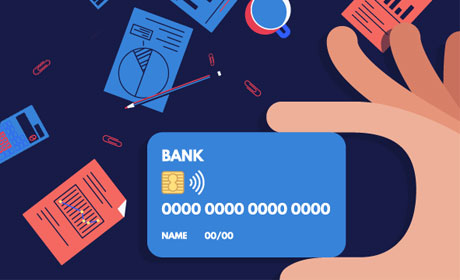


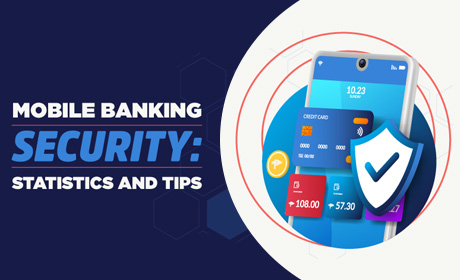
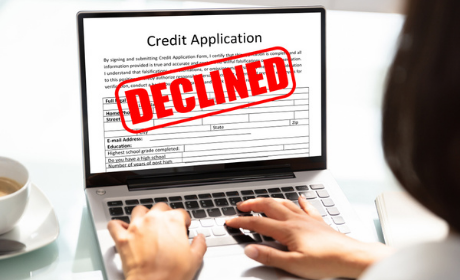
.png)
.png)





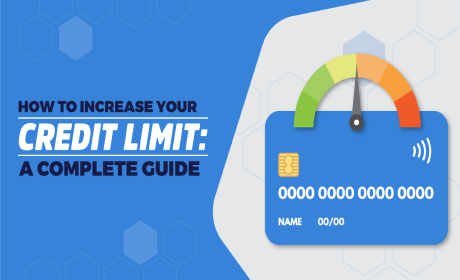
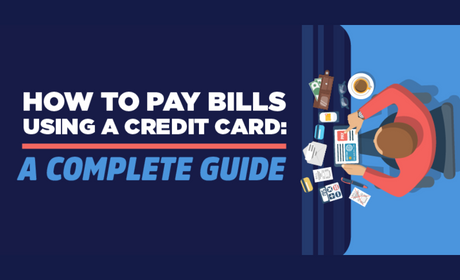



.jpg)
.jpg)
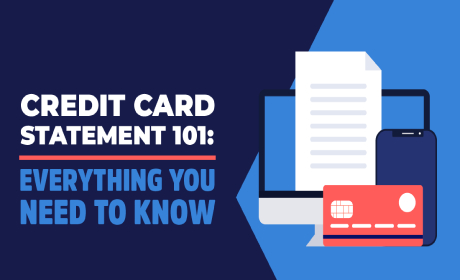
.jpg)

.jpg)
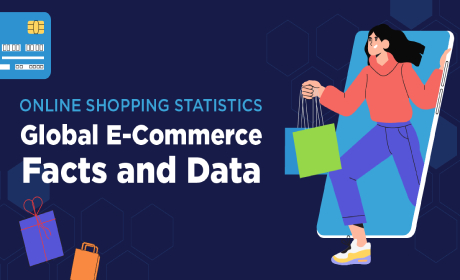
.jpg)


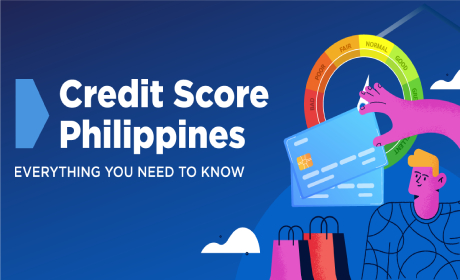
.jpg)
 (1).jpg)
 (1).jpg)
 (1).jpg)

.jpg)
 (1).jpg)
 (2) (1).jpg)
 (2) (1).jpg)
.jpg)
 (1).jpg)
 (1).jpg)
 (1).jpg)
 (1).jpg)


.jpg)
.jpg)
.jpg)
.jpg)
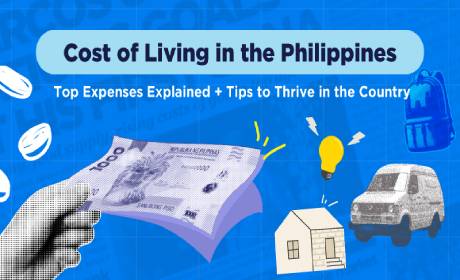
.jpg)
.jpg)

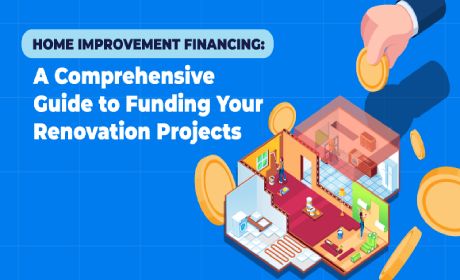
.jpg)
.jpg)
.jpg)
.jpg)
.jpg)
.jpg)


.jpg)
 (1).jpg)

.jpg)

.jpg)
.jpg)
.jpg)
.jpg)
.jpg)
.jpg)


